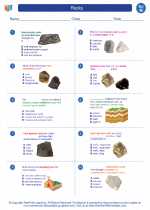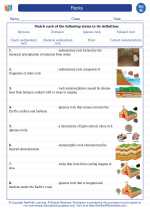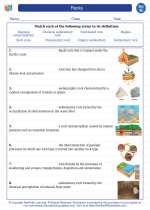Rocks -> respiration
Respiration
Respiration is the process by which organisms take in oxygen and release carbon dioxide. It is a vital process that provides the energy necessary for various cellular activities. The process of respiration can be divided into two main types: cellular respiration and breathing (or ventilation).
Cellular Respiration
Cellular respiration is the process by which cells break down glucose and other organic molecules to produce energy in the form of adenosine triphosphate (ATP). The process of cellular respiration occurs in three main stages: glycolysis, the citric acid cycle, and oxidative phosphorylation. These processes take place within the mitochondria of the cell.
Glycolysis
Glycolysis is the first step of cellular respiration and takes place in the cytoplasm of the cell. During glycolysis, a molecule of glucose is broken down into two molecules of pyruvate, producing a small amount of ATP and NADH in the process.
The Citric Acid Cycle
The citric acid cycle, also known as the Krebs cycle, takes place in the mitochondria. During this stage, the pyruvate from glycolysis is further broken down, releasing carbon dioxide and producing additional ATP and electron carriers (NADH and FADH2).
Oxidative Phosphorylation
Oxidative phosphorylation is the final stage of cellular respiration and takes place in the inner mitochondrial membrane. During this stage, the electron carriers produced in glycolysis and the citric acid cycle donate their electrons to the electron transport chain, leading to the production of a large amount of ATP through a process called chemiosmosis.
Breathing
Breathing, or ventilation, is the process of inhaling oxygen and exhaling carbon dioxide. In humans, breathing involves the movement of the diaphragm and the ribcage to create changes in thoracic volume, leading to inhalation and exhalation.
Study Guide for Respiration
- What is respiration?
- What are the two main types of respiration?
- Describe the process of cellular respiration.
- What are the three main stages of cellular respiration?
- Where does glycolysis take place?
- What is the role of the citric acid cycle in cellular respiration?
- Where does oxidative phosphorylation occur?
- Explain the process of breathing in humans.
◂Science Worksheets and Study Guides Eighth Grade. Rocks

 Worksheet/Answer key
Worksheet/Answer key
 Worksheet/Answer key
Worksheet/Answer key
 Vocabulary/Answer key
Vocabulary/Answer key
 Vocabulary/Answer key
Vocabulary/Answer key
 Vocabulary/Answer key
Vocabulary/Answer key
